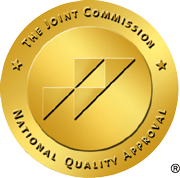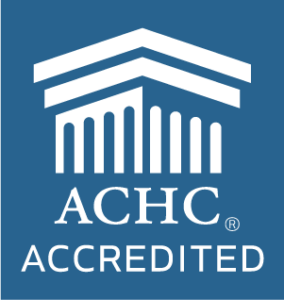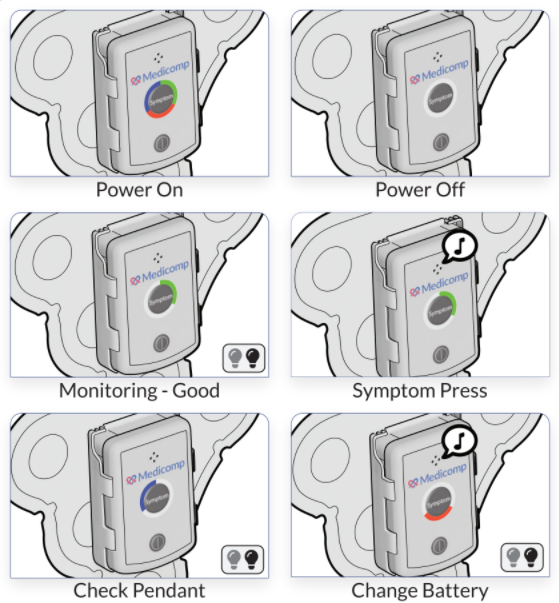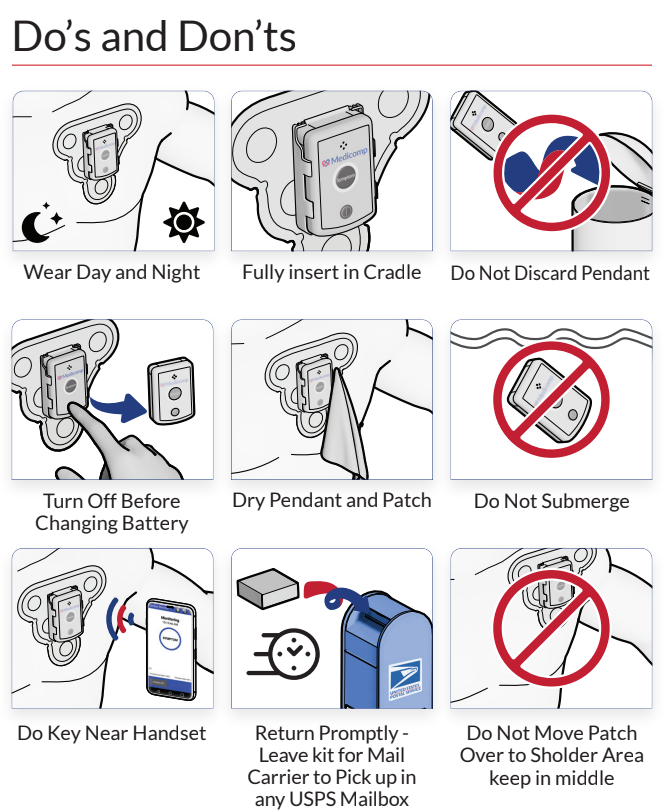In June 2018, the Stanford University School of Medicine published a white paper focused on improvements to electronic health record (EHR) systems. With 90% of physicians utilizing EHRs, the volume of information and vast number of patients, employees, and doctors accessing the records staggers the imagination.
Stanford’s study determined that positive changes are on the horizon for EHR systems, but they will not occur overnight. They posit a date of 2028 before the entire system shows interconnectivity and overwhelming positive performance. Their information takes into consideration the trials and successes of other industries now utilizing digital technologies, such as banking, retail markets, transportation, et cetera.
To attain this larger goal, smaller goals must be reached. Many of these are localized, with physicians and office personnel generating changes in their individual offices. When physicians and clinicians offer input on the development and design of their EHRs, the added value of ownership stimulates usage and proper upkeep. Employees become more satisfied with the overall product and are more likely to use an EHR to its fullest potential.
Another matter garnering attention is EHR workflow. Many tasks currently fulfilled by physicians could easily be transferred to techs. Likewise, if information within the system is no longer utilized, it should be removed for ease of access. Any unnecessary steps should be eliminated to minimize frustration and ease the flow of information.
Giving patients the ability to update their records by adding personal information such as medications, family history, and electronic health monitoring information will encourage patients to become more aware of their health records and their effects on their overall well-being. With today’s advanced technology, patients expect to be able to pay bills online; offering that service through their EHRs will further strengthen their connection to their records.
Lastly, interconnectivity is an issue that must be overcome. While some physicians are part of one system, the records cannot be shared with a physician outside that system. By creating a nationwide system of records, patients can move from one state to another with their health records following them electronically — no matter where they settle.
Keep you, your patients, and your staff, satisfied by implementing EHR updates now. When you practice open communication, everyone wins. Learn more about technological advancements at ReactDx’s blog page, and call the TelePatch™ leaders today at 800-23-HEART for more information on their latest technology.



